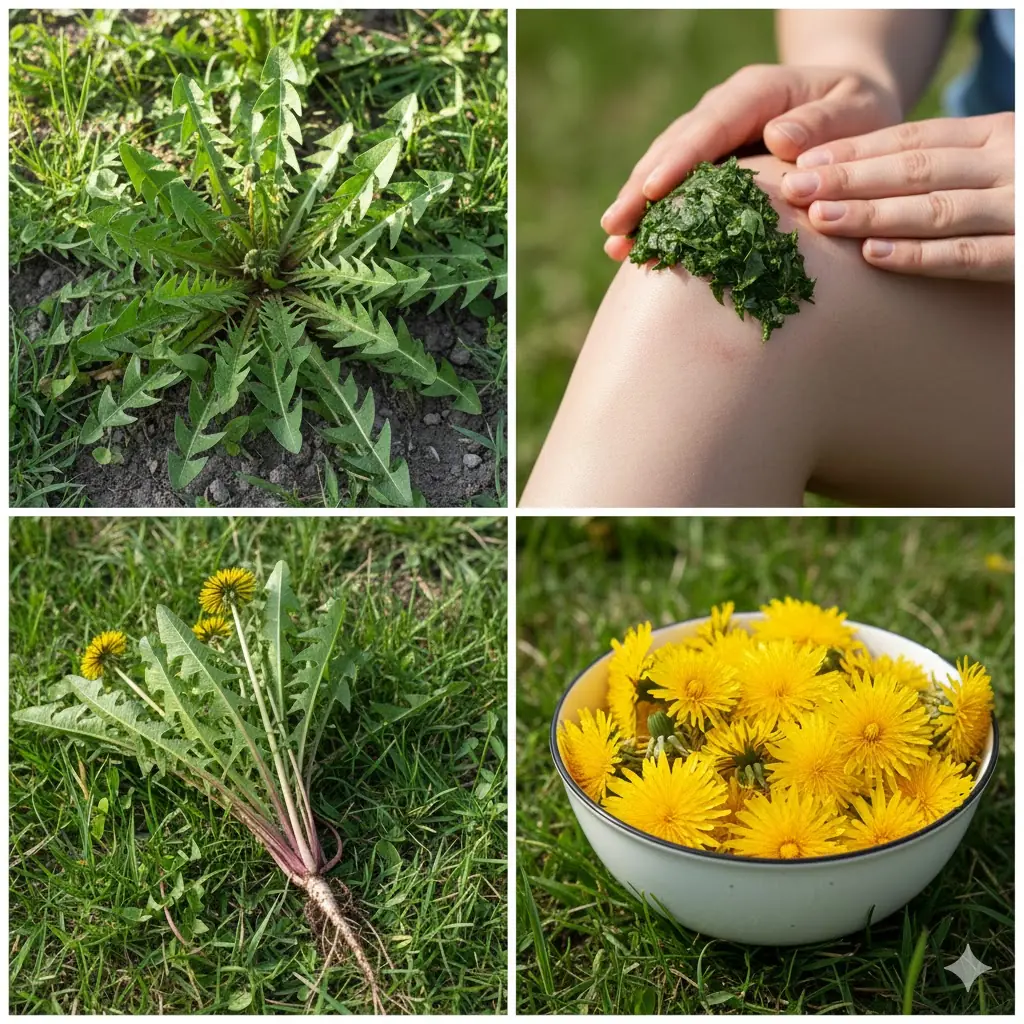
Is Dancing Good for The Brain? Science Says Yes
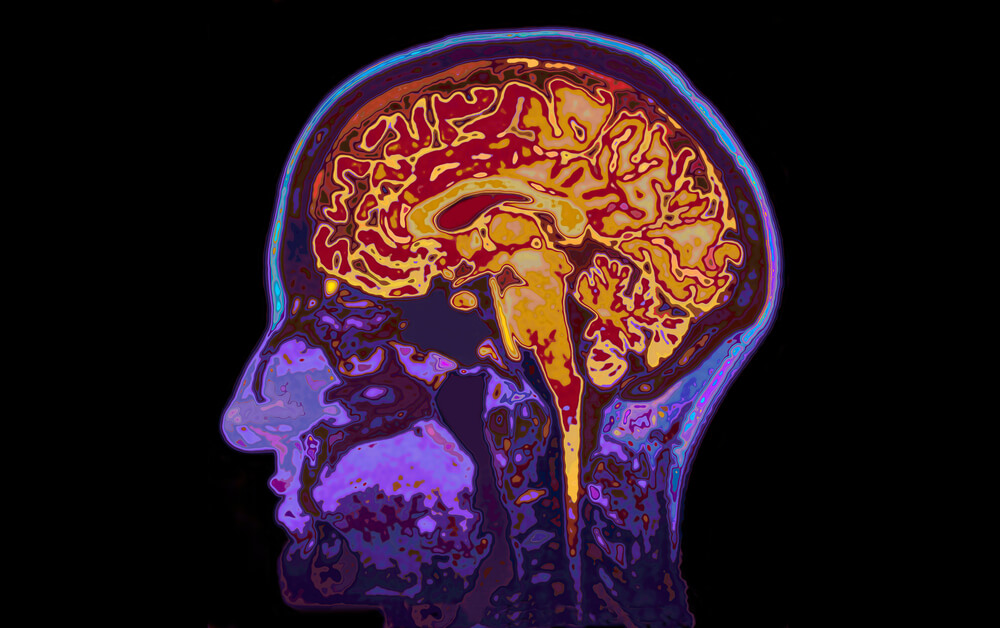
As the American population grows older on average, scientists scramble to discover ways to prevent the damaging impact of aging on the brain.
Getting older results in many changes to your neurons, and not all of them are positive. Dementia can suck the joy out of your golden years entirely. Even mild cognitive decline can lead to significant concerns that things will get worse.
What if there was something you could do to reverse the signs of aging in your mind?
Researchers recently discovered a solution, and it’s completely free. All you need to do is get your body moving to the beat.
While any cardiovascular exercise has neuron-boosting benefits, evidence indicates dancing is an excellent way to reverse the impact of time.
What Happens to the Brain as We Age?
As the years creep by, the brain changes structurally in many ways. You experience everything from memory and cognitive decline to microscopic changes in your cells and very chemistry.
How does this look and feel?
When you experience cognitive decline, you might find it challenging to perform mental tasks you previously accomplished with ease.
For example, it may have been easy to run to the grocery store and remember to grab five or six items a few years ago. Now, the same chore takes you a repeat trip. You might waste minutes staring at the labels, struggling to recall what you forgot.
Working memory, or your ability to retain snippets of information, like phone numbers and passwords, declines every year.
Some researchers believe the process begins as early as age 30 in some individuals [1]. Your ability to focus also suffers a hit. You may start finding it problematic to follow a conversation in a crowded restaurant or tune out the wail of a colicky toddler. This ability, called selective attention, allows you to mute out distractions, something that declines with age.
You could also experience declines in declarative memory. Declarative memory refers to events in your autobiography and the facts you learned in school. It differs from procedural memory, which involves how to do something, like drive a car or ride a bicycle.
While the latter remains mostly intact as you age, your declarative memory starts to decline.
1. Structural Changes
The volume of your brain begins to shrink when you’re in your 30s or 40s, and it accelerates at age 60. Some areas, like the hippocampus, dissipate more quickly than others.
In general, sections that develop last in childhood and adolescence show aging’s effects the fastest.
Your cerebral cortex, which is the region of your brain responsible for speech and decision-making, also begins breaking down over time. MRI imaging reveals that by middle age, a global thinning of the cortex becomes apparent [2].
The most significant decline occurs in the primary motor cortex, which implies that many of the coordination deficits people associate with aging originate in the mind.
2. Neuronal Changes
Your brain cells undergo significant changes as you get older. Neuronal cells experience increased oxidative stress and protein accumulation over the years [3].
You need a healthy antioxidant system to preserve the structural integrity of this vital organ. As your neurons build-up aggregated proteins, these substances damage the mitochondria.
Over time, the number of antioxidants in your brain decreases, leading to cognitive decline.
3. Other Changes
Your lifestyle can also impact the effects of aging on the brain. Long-term substance abuse is one major factor that changes the physical structure of your brain.
Alcoholism, for example, alters the brain circuitry that governs impulse control and judgment, driving people to seek nonsensical rewards [4].
This phenomenon explains why addicts can intellectually understand that particular behaviors entail the risk of severe consequences, like job loss or arrest, to get their substance of choice.
Other factors, such as seemingly unrelated health conditions, also impact neurological decline.
For instance, recent research indicates people with Type 2 diabetes experience more rapid cognitive decline than peers with better blood sugar control [5]. Performance on cognitive tests decreased as blood glucose levels increased.
Fortunately, there are things you can do to reduce these risks to your brain.
You can prevent Type 2 diabetes by eating a healthy diet and staying active. You can also minimize your alcohol intake.
As far as exercise goes, regular cardiovascular activity may ease brain damage already incurred through alcoholism [6]. One of the best forms of cardiovascular fitness? Dancing!
How Dancing Helps Prevent the Signs of Aging in the Brain
Dance is the ideal form of exercise to protect your aging brain. This exercise spurs physiological changes to the structure of this vital organ. It also aids your focus, concentration and mental power.
1. Physiological Effects of Dancing
One way regular dancing benefits your brain health is by bathing your neurons in oxygen-rich blood every time you elevate your heart rate. Your brain cells need oxygen to function, which is why you might feel like you think more clearly after a brisk walk.
The best news? It’s never too late to up your physical activity levels. In a 3-month study of women aged 60 or older, walking for 30 to 50 minutes three or four times weekly improved their blood flow to the brain by 15% [7].
Exercise, including dance, also helps you to sleep more soundly, and catching sufficient Zs is critical to neurological functioning. Hitting the hay gives your body time to replenish neurotransmitters, the chemical messengers that impact everything from your mood to your concentration [8]. Consider how you feel off when your alarm doesn’t sound, or you’ve tossed and turned all night. Finding your found can be tough the next day.
Multiple studies indicate that the prefrontal and medial temporal complex in people who engage in regular workouts have higher volumes than those who remain sedentary [9]. Since your brain volume tends to decrease over time, it stands to reason that maintaining a healthy amount correlates with sharper cognitive functions.
Dancing creates additional benefits for your hippocampus, which controls your memory, learning, and balance. Researchers used magnetic resonance imaging to measure the volume of this brain region in 14 participants who engaged in an 18-month dance intervention. They found the dancers had increases in the left dentate gyrus and the right subiculum, which indicates this particular form of exercise reigns supreme in preventing age-related physical and mental decline [10].
To maximize your benefits, most experts recommend working out for at least 150 minutes per week, which equates to 30 minutes each day of the workweek. However, don’t feel daunted if this seems impossible — even getting your blood flowing for 10 minutes offers benefits. The best part? You can dance anywhere you have music — even if it’s only playing in your mind.
2. Physiological Effects of Cardiovascular Exercise
One way regular physical activity benefits your brain health is by bathing your neurons in oxygen-rich blood every time you elevate your heart rate. Your brain cells need oxygen to function, which is why you might feel like you think more clearly after a brisk walk.
The best news? It’s never too late to up your physical activity levels. In a 3-month study of women aged 60 or older, walking for 30 to 50 minutes three or four times weekly improved their blood flow to the brain by 15% [11].
Exercise also helps you to sleep more soundly, and catching sufficient Zzzs is critical to neurological functioning. Hitting the hay gives your body time to replenish neurotransmitters, the chemical messengers that impact everything from your mood to your concentration [12]. Consider how you feel off when your alarm doesn’t sound, or you’ve tossed and turned all night. Finding your found can be tough the next day.
Multiple studies indicate that the prefrontal and medial temporal complex in people who engage in regular workouts have higher volumes than those who remain sedentary [13]. Since your brain volume tends to decrease over time, it stands to reason that maintaining a healthy amount correlates with sharper cognitive functions.
To maximize your benefits, most experts recommend working out for at least 150 minutes per week, which equates to 30 minutes each day of the workweek. However, don’t feel daunted if this seems impossible — even getting your blood flowing for 10 minutes offers benefits.
3. Dance Aids in Focus and Concentration
While any aerobic activity will provide a physiological brain boost, the unique stresses inherent in dance may boost the neurological benefits. Think about when you walk on a treadmill. How carefully do you concentrate on what you’re doing? Unless you’re recovering from an injury to your legs, probably not much. You likely watch TV or listen to podcasts as you dutifully plod through the miles.
You can’t say the same for dance. When you’re moving around, you have to focus on a variety of things happening at once. With a partner, you need to tune in to their cues. If you’re taking a class, you need to follow the instructor’s steps, and you may attempt to memorize the routine.
You’re engaging your body and mind at the same time. Since your ability to focus declines selectively when you age, dancing offers an ideal way to work on your ability to think on your feet.
Studies using PET imaging have identified the regions of the brain that contribute to dance learning and performance. Your motor cortex is one of the first sections to show structural changes, and dance ignites this center. It also engages your somatosensory cortex and the basal ganglia, both of which work to coordinate movement [14].
4. Social Benefits of Dancing
One study performed in 2003 examined the effects of 11 different types of exercise on the risk of dementia in the elderly. They found that only one activity — dance — decreased the risk of developing the disorder. Researchers believe that both the mental effort and social interaction involved in this leisure activity create beneficial effects.
Millions of American seniors suffer from crippling loneliness. A difference exists between living alone and feeling the emotion, however. Some people live solo but enjoy varied social lives. Others feel isolated even when other people surround them.
While loneliness may seem like a psychological problem, it carries significant physical health risks. For example, the biology behind the emotion may prompt immune cells to produce inflammation, which can result in diseases as diverse as heart disease and Alzheimer’s [15].
Dancing makes you feel included by its very nature. If you attend a fitness class at a gym, a quality instructor will make everybody feel welcome. You often form friendships with others in your group, and it becomes more natural to invite them for tea afterward.
Getting Started in Dance Fitness
Now that you know the considerable benefits of dance fitness for your brain, how can you get started on the journey? You might protest, “I have two left feet. You’ll never catch me cutting a rug.” Nonsense! Dance is accessible to everyone, even those who rely on assistive devices like wheelchairs or crutches. If you can wiggle to the beat, guess what? You’re doing it right.
Nevertheless, you might feel a bit silly the first time you dance around your living room. What should you try if you’re looking for someone to show you the ropes?
- Hit up a Zumba class: A Zumba class borrows movements from international dances, especially those with a Latin or African-American heritage. You’ll sashay and samba your way into fitness. Each song has a choreographed dance you can master in class and later practice independently. Maybe you’ll want to try out some new moves in a club. Challenge your brain to memorize each routine and quiz yourself for additional neurological benefits.
- Beat it out with Pound: If you’re a little more rock-and-roll than hip hop or country, you’ll adore Pound. You’ll use lightly weighted sticks to air drum your way to toned arms — and a sharper mind. If you have the rhythm in you and live to play games like Band Hero, this is your workout.
- Get theatrical with LaBlast: Have you always dreamed of dancing on Broadway? Even if you traded in your tap shoes at age 10, you can recreate the magic with this fun form of fitness. You’ll enjoy everything from disco to ballroom swing. This class flows logically, so if you can count, you can follow along.
- Tone your entire body with Barre: Do you miss the days of pink tutus and ballet slippers? Who says you have to give up barre classes once you’re 18 or older? You can find studios in nearly every town, and classes for people of all ages. If you’re more interested in fitness than technique, you can find courses that emphasize the cardiovascular and toning components.
- Get romantic with ballroom swing: Maybe you lost your partner, or perhaps you miss the romance of dancing cheek-to-cheek. Sign up for a ballroom swing class — even if you’re solo. Many studios will pair you with various partners. Of course, if you have a significant other, invite them along for the action!
Once you get the knack, don’t overlook the value of putting on your favorite tunes and dancing around your living room. If you have a computer or a smart TV, you can stream free dance workout videos in the privacy of your home. If you’re at all intimidated about dancing publicly, these offer an alternative way to reap the rewards.
Don’t let disability hold you back from the health and brain benefits of dance. Today, an entire theater exists to showcase the talent of people with adaptive needs [16]. Maybe you have no desire to perform on a stage, but you can still refuse to let mental roadblocks keep you from having a good time.
The Bottom Line
It doesn’t matter how old you are — dancing benefits your brain. Studies prove this simple exercise can enhance your focus and coordination. It’s also an excellent way to have fun. The next time you need a cognitive boost, pump up the volume and boogie!

News in the same category


The Hidden Power of Iris Flowers: Ancient Beauty with Healing Potential
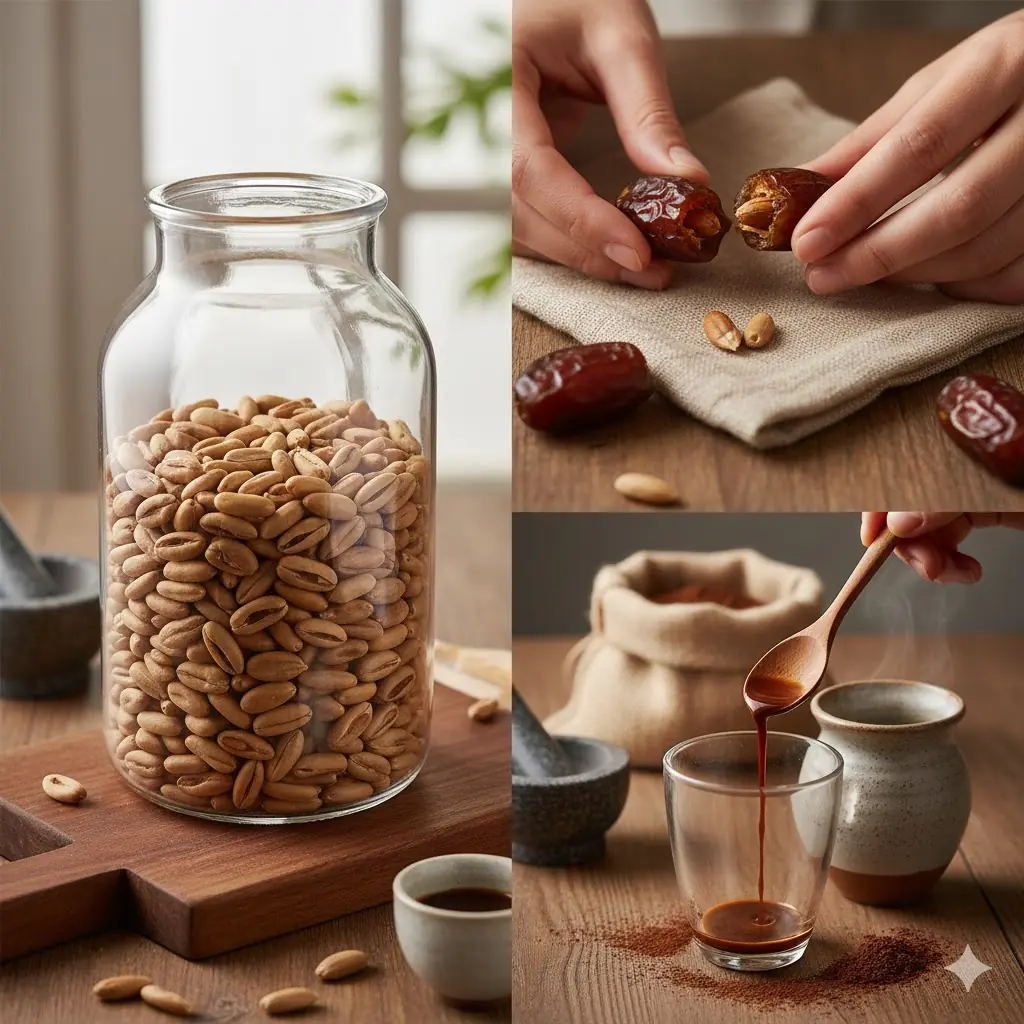
Date Seed Coffee: A Caffeine-Free Alternative with Surprising Benefits

Scientists Have Finally Identified the Bacteria That Trigger Multiple Sclerosis
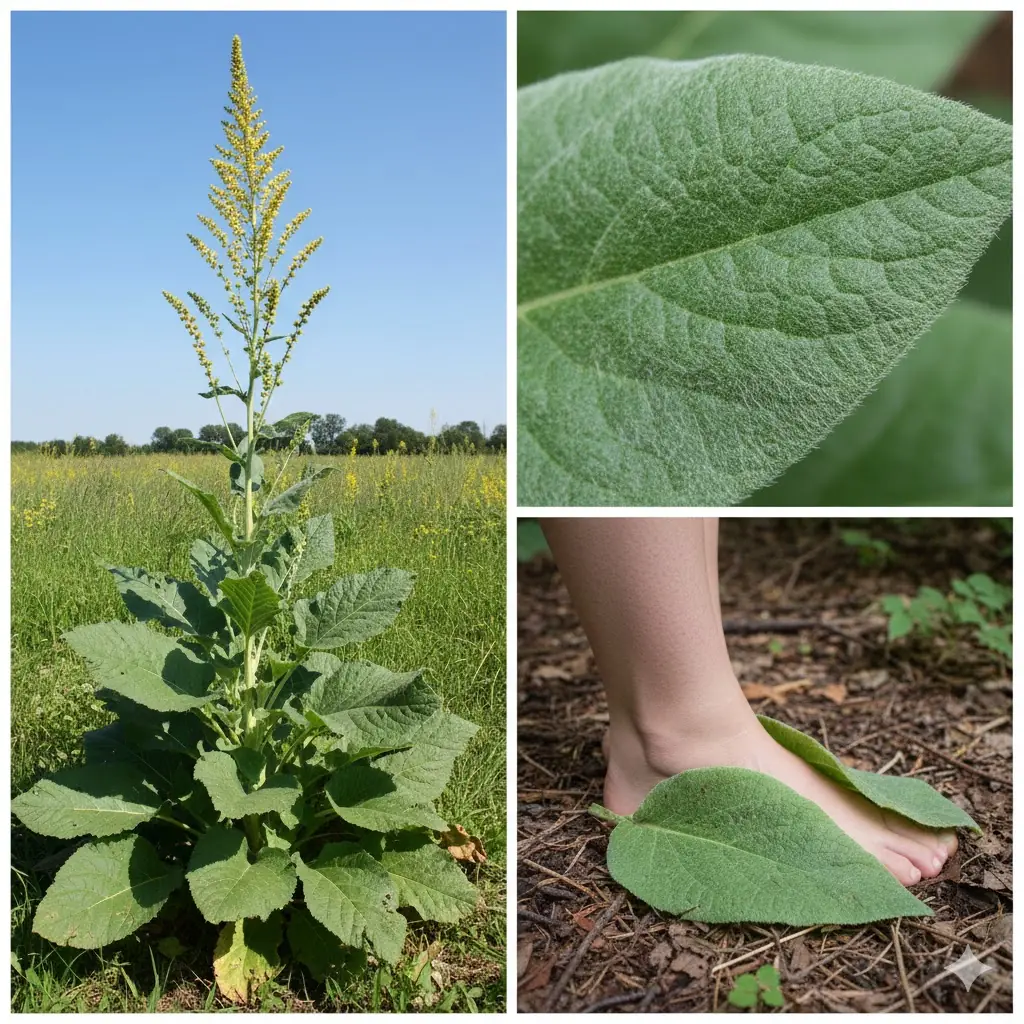
Why You Should Put Mullein Leaves on the Soles of Your Feet

12 Benefits of Bull Thistle Root and How to Use It Naturally
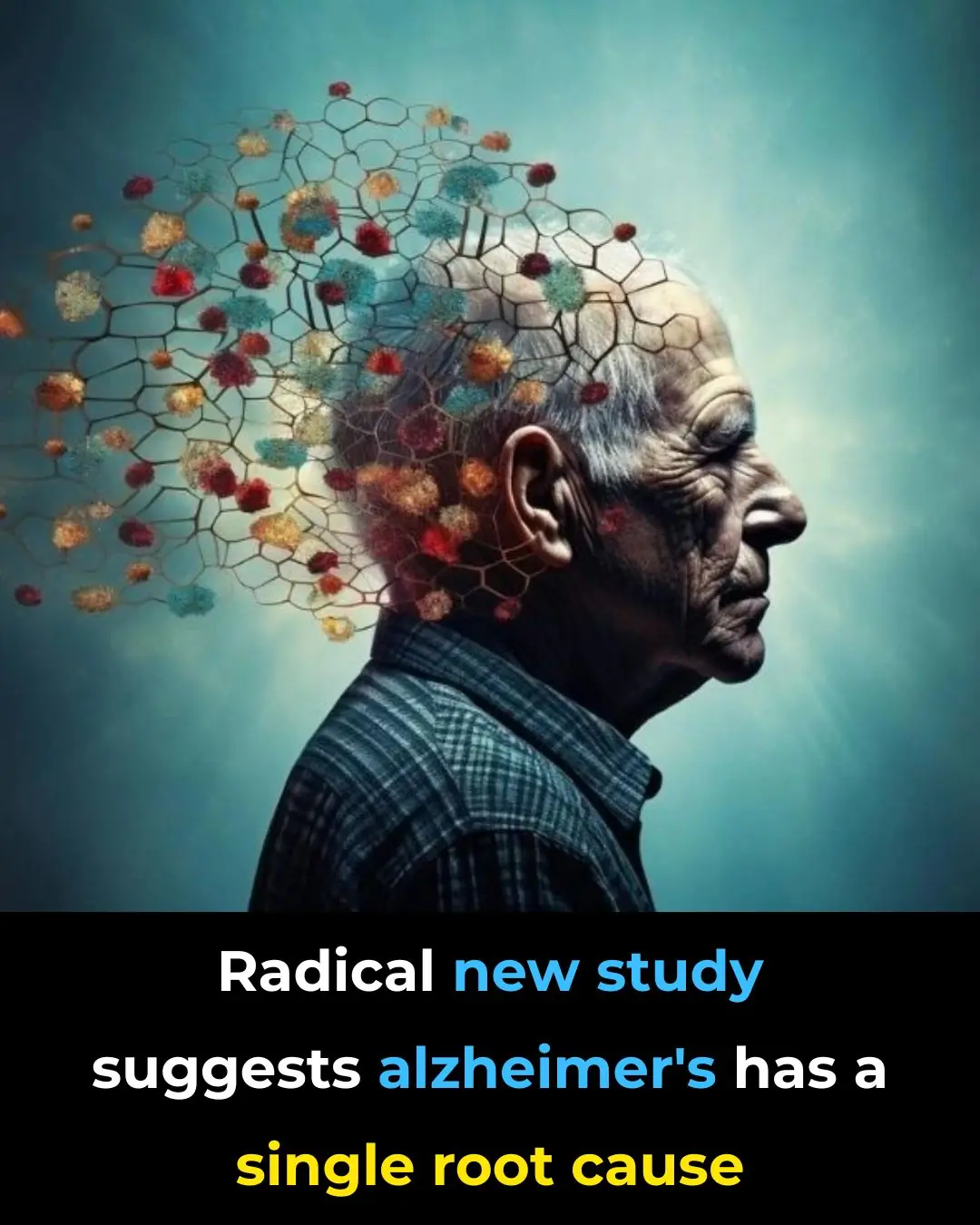
Radical New Study Suggests Alzheimer’s Has a Single Root Cause
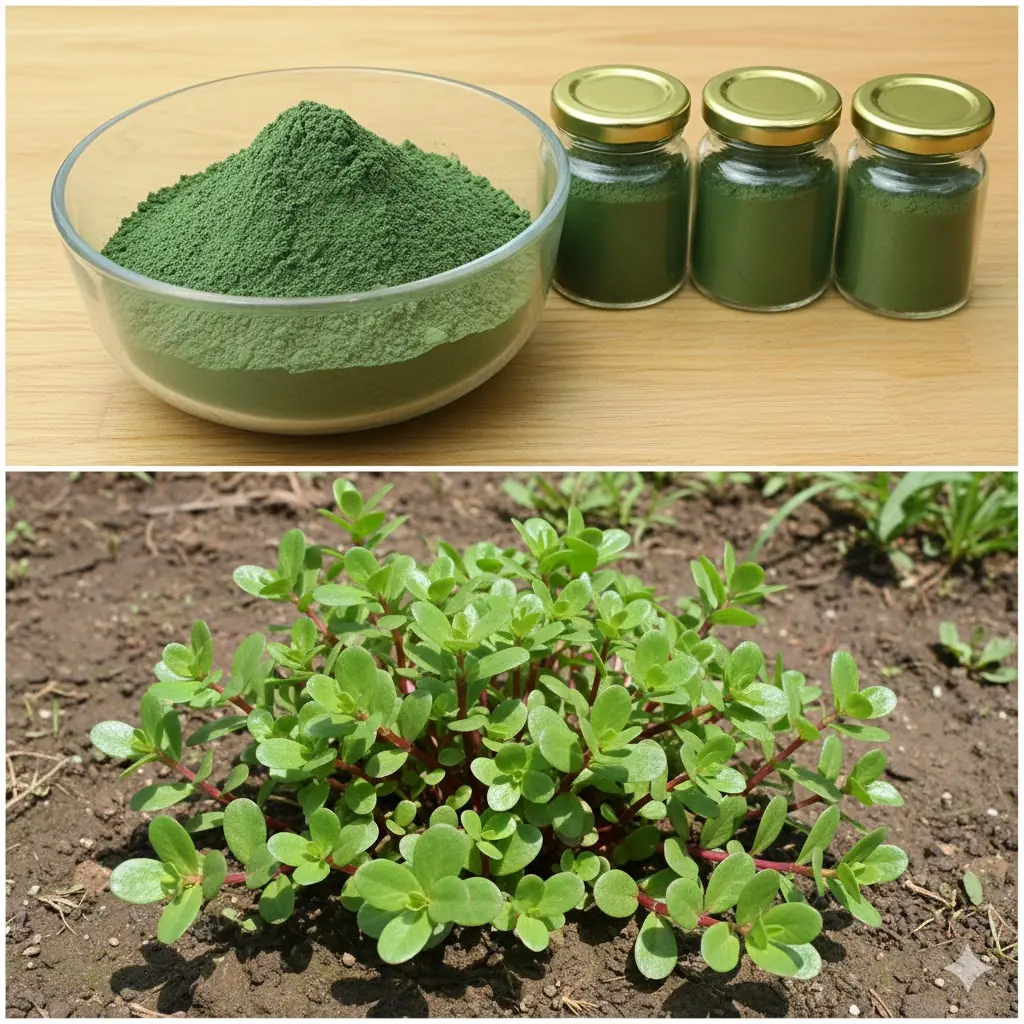
Purslane: The Underestimated Superfood with Maximum Health Benefits

Diagnosed with terminal cancer that had metastasized to the brain, the woman went for a check-up and burst into tears upon learning that her husband and son were the culprits
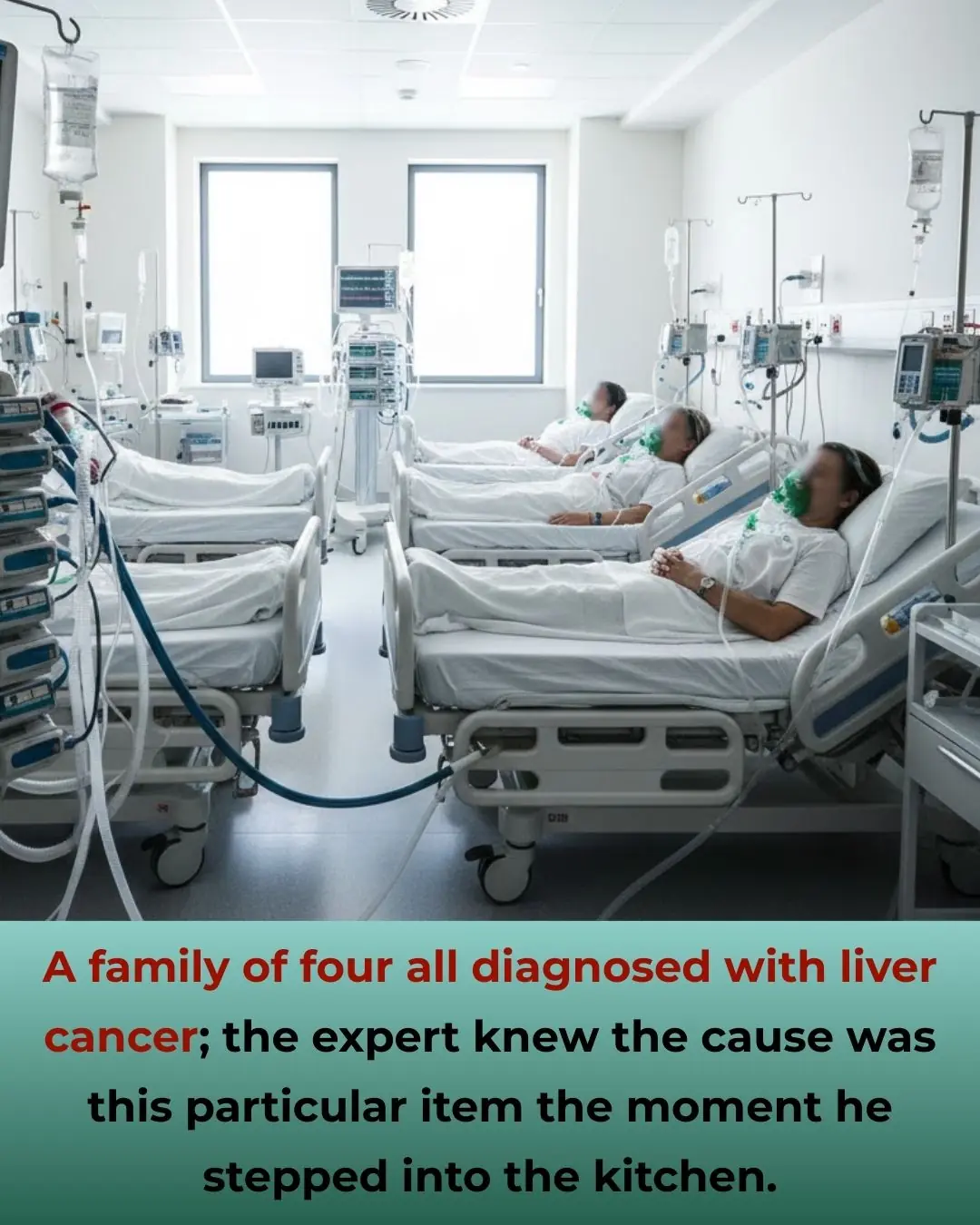
A family of four all diagnosed with liver cancer; the expert knew the cause was this particular item the moment he stepped into the kitchen

Could Overdoing Lemon Water or Preparing It Incorrectly Lead to Unwanted Issues?

Top 5 vitamins to supercharge circulation in your legs & feet
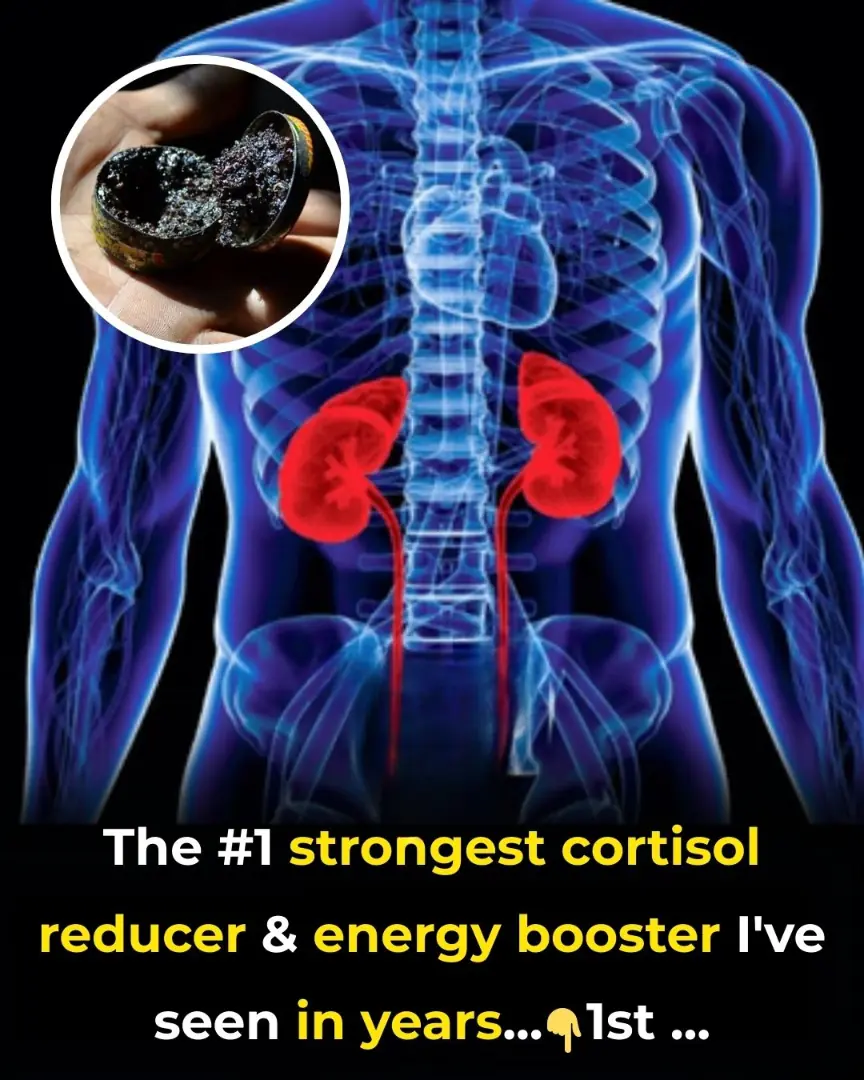
The #1 strongest cortisol reducer and energy booster in years
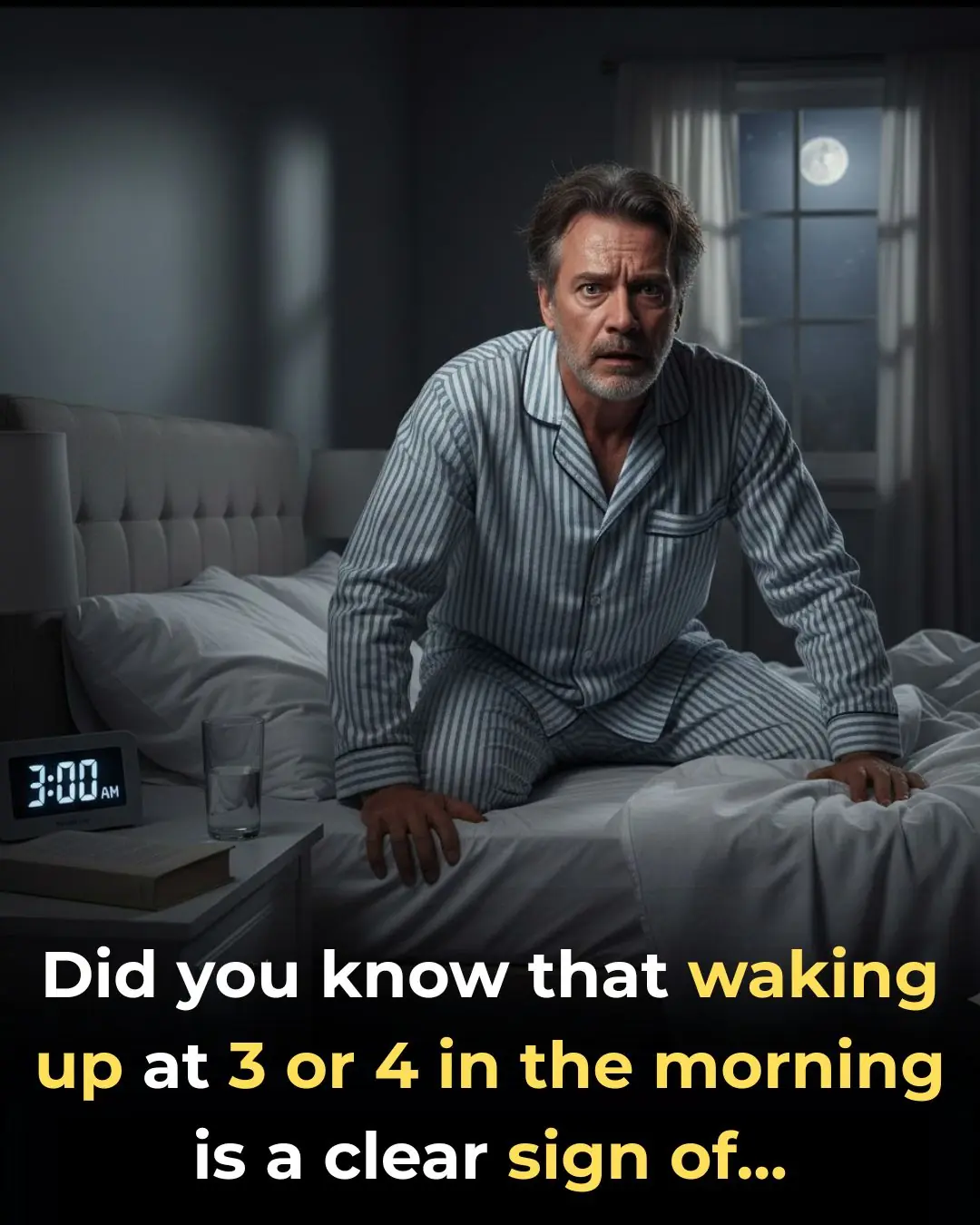
Did You Know That Waking Up At 3 Or 4 In The Morning Is A Clear Sign Of
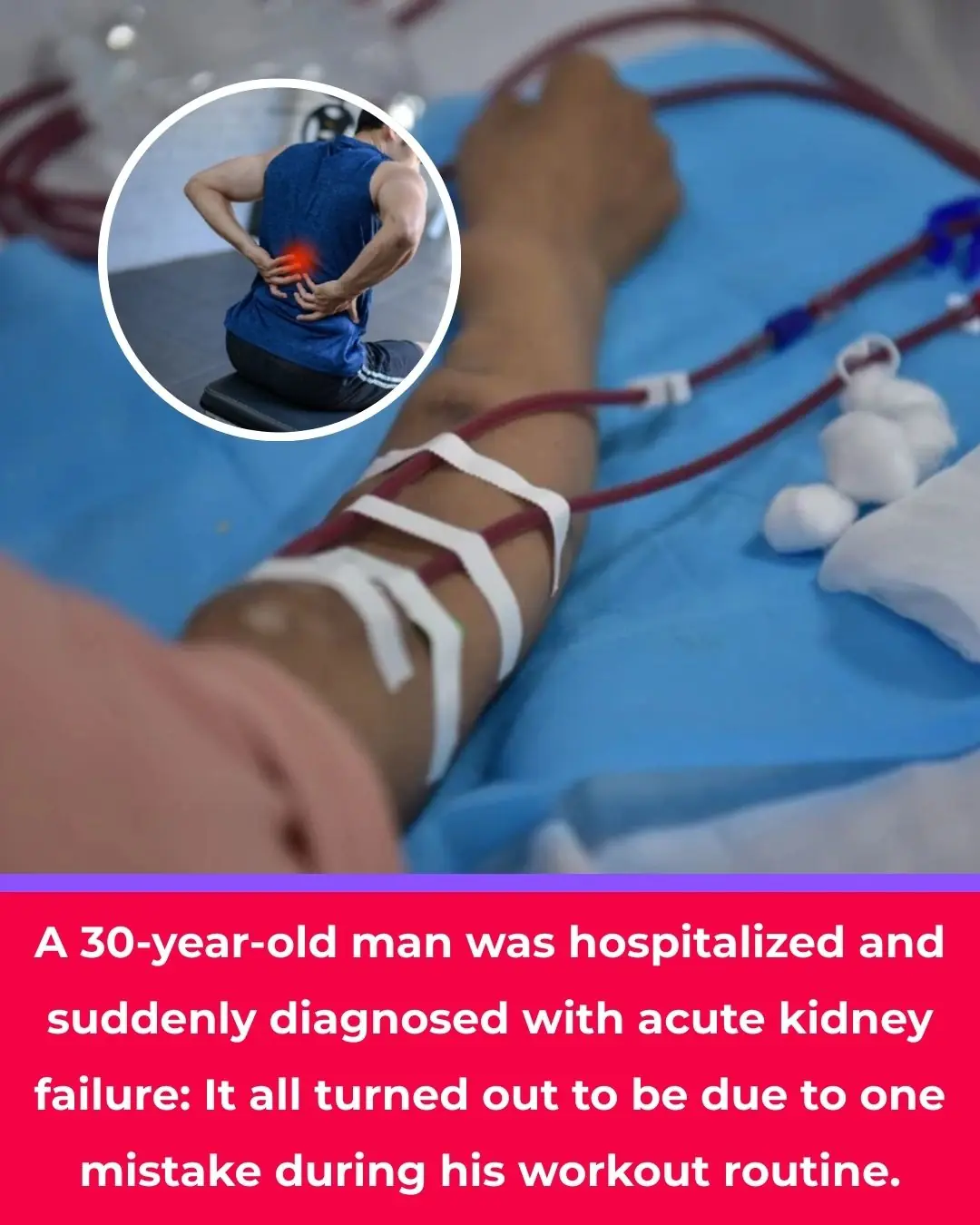
A 30-year-old man was hospitalized and suddenly diagnosed with acute kidney failure: It all turned out to be due to one mistake during his workout routine

Pine Cone Syrup: A Beginner-Friendly Guide (Benefits, How to Make It, and Everyday Uses)
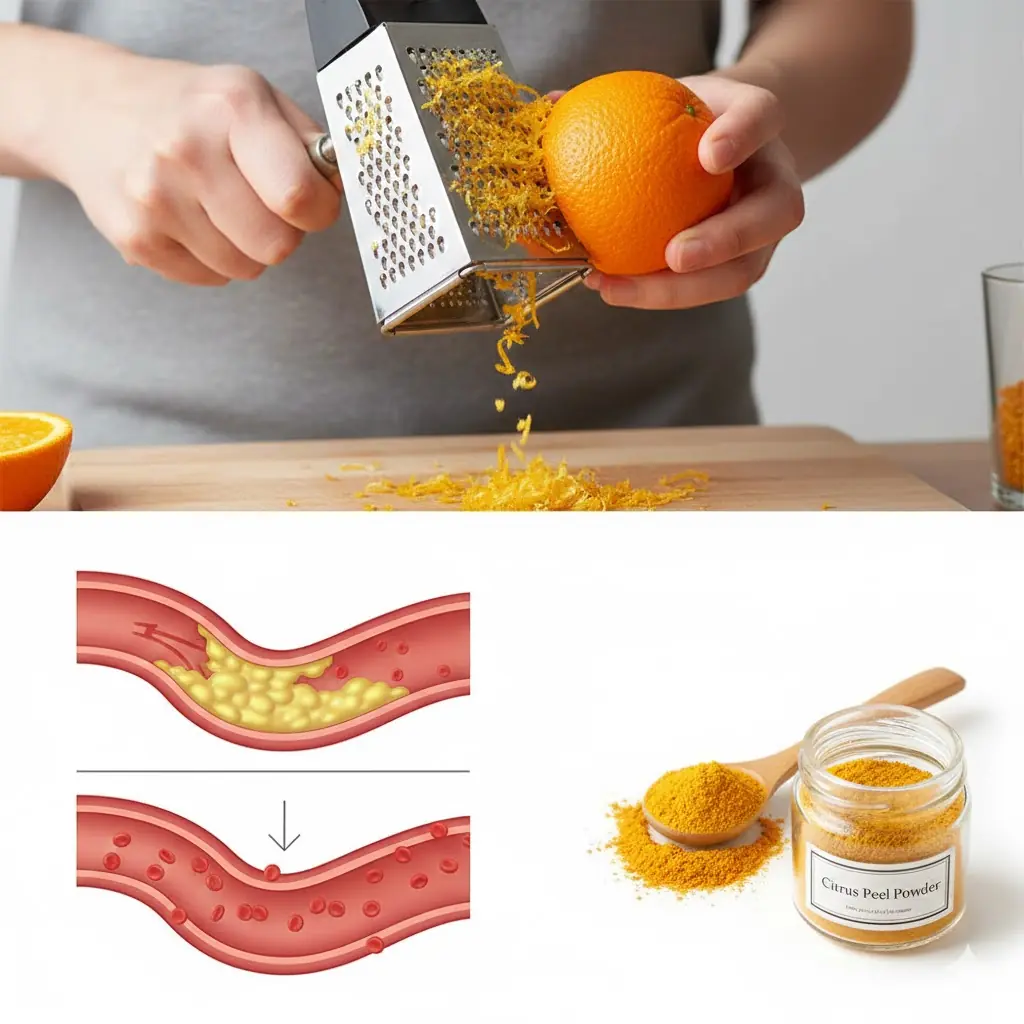
The Versatility and Benefits of Orange Peel Powder

The Amazing Benefits of Sumac and How to Use It
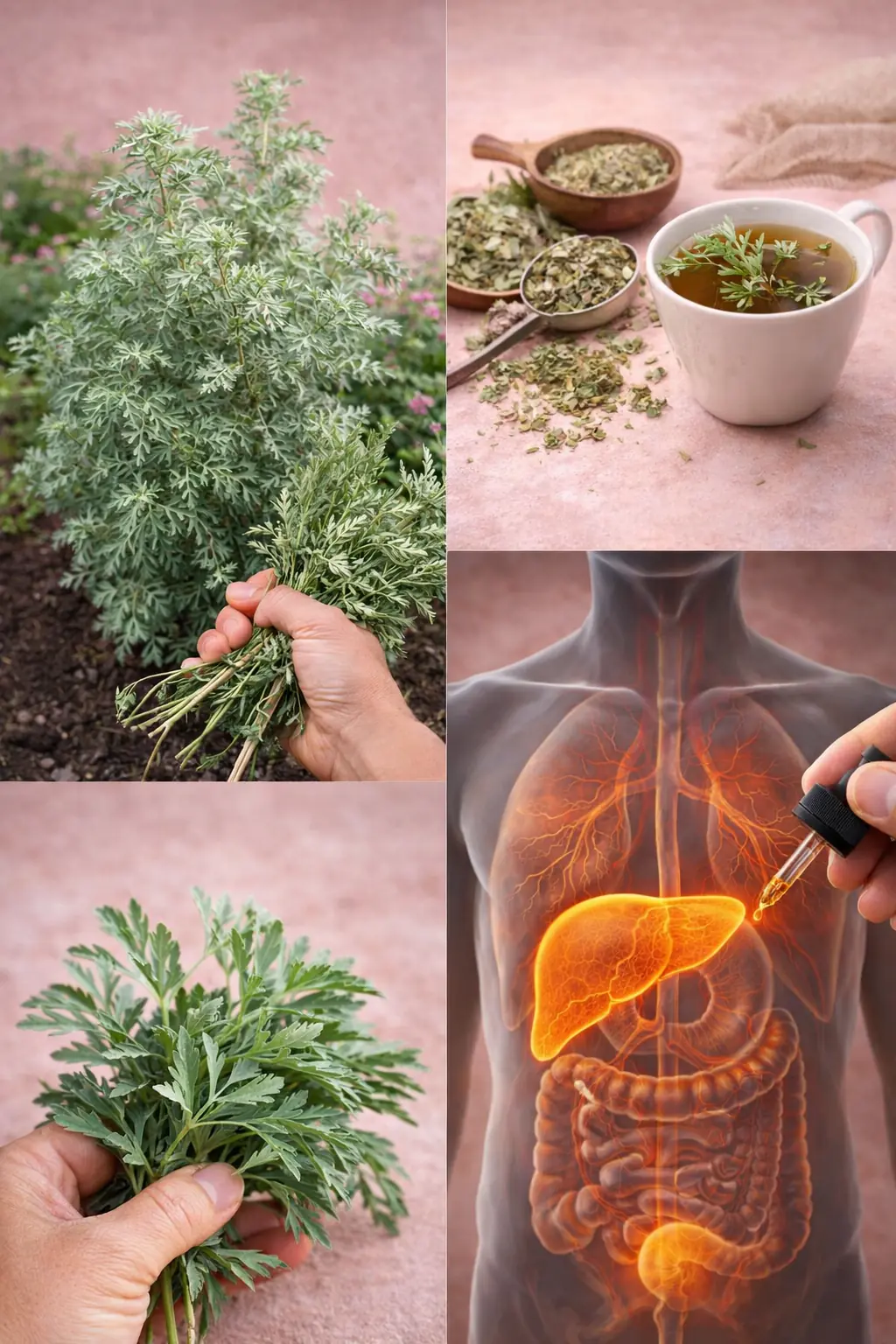
Wormwood: The Ancient Bitter Herb With Surprisingly Modern Benefits

The Traditional Power of Puncture Vine (Tribulus terrestris)
News Post

Place ginger under your pillow before bed and get 5 amazing benefits

Should you wash your hair first or take a shower first?

Some people blanch ribs before stewing, while others simmer them directly

The Mighty Dandelion: Nature’s Hidden Treasure

The Hidden Power of Iris Flowers: Ancient Beauty with Healing Potential

Metabolic Interventions in Oncology: The Impact of a Ketogenic Diet on Colorectal Tumor Progression

The Anti-Aging Potential of Theobromine: Slowing the Biological Clock

The Role of the Ketogenic Diet in Suppressing Colorectal Tumor Growth through Microbiome Modulation

Reversing Liver Fibrosis: The Therapeutic Potential of Vitamin B12 and Folic Acid in NAFLD
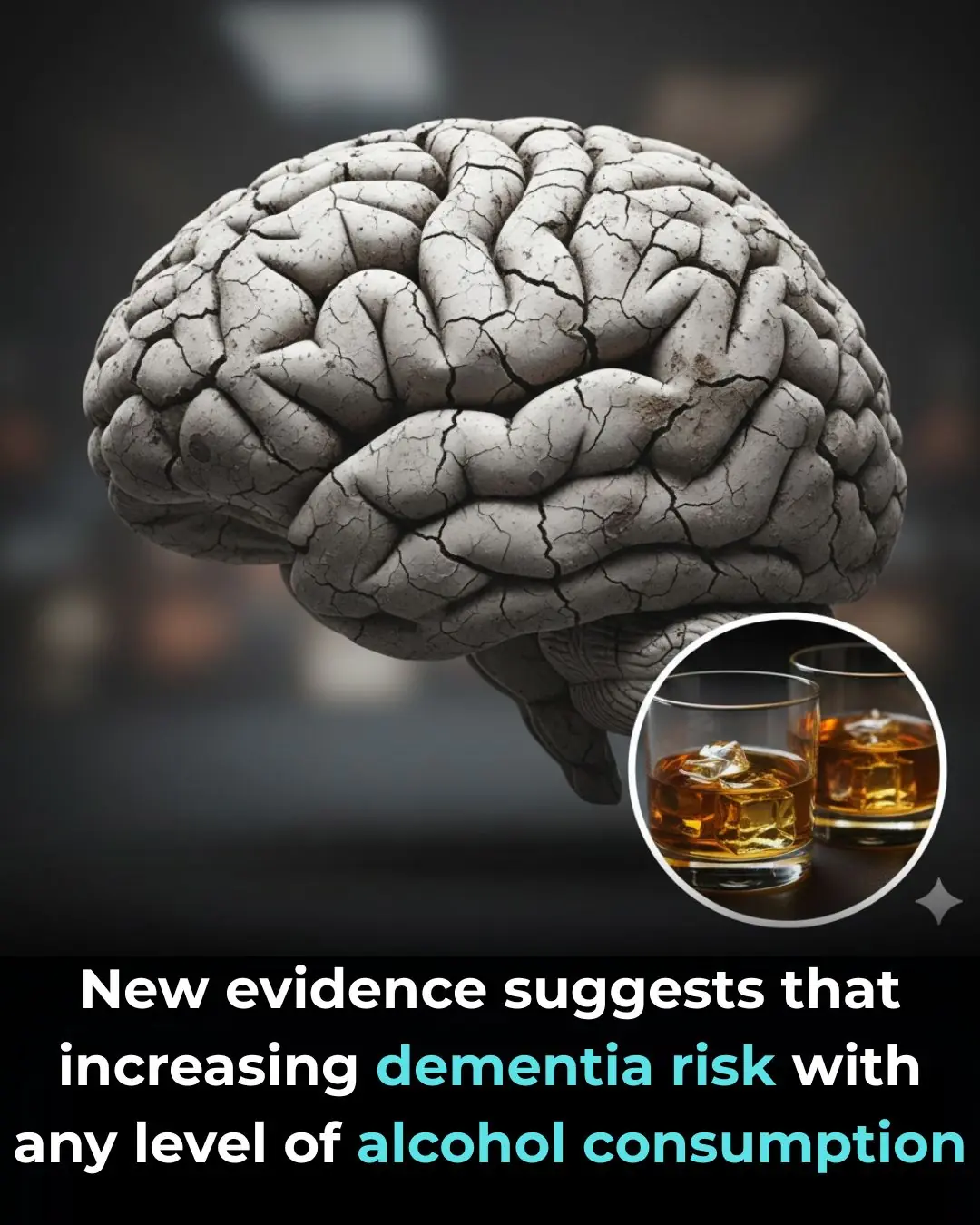
Metabolic Reprogramming: The Role of the Ketogenic Diet in Suppressing Colorectal Tumor Growth

Date Seed Coffee: A Caffeine-Free Alternative with Surprising Benefits

The Impact of Ketogenic Diet on Colorectal Cancer: Microbiome Reshaping and Long-term Suppression

Scientists Have Finally Identified the Bacteria That Trigger Multiple Sclerosis

Why You Should Put Mullein Leaves on the Soles of Your Feet

12 Benefits of Bull Thistle Root and How to Use It Naturally

Radical New Study Suggests Alzheimer’s Has a Single Root Cause

Fish oil supplement reduces serious cardiovascular events by 43% in patients on dialysis, clinical trial finds.

Combination of resveratrol and copper significantly reduced markers of aggressiveness in human glioblastoma tumors within about 12 days.

Purslane: The Underestimated Superfood with Maximum Health Benefits
